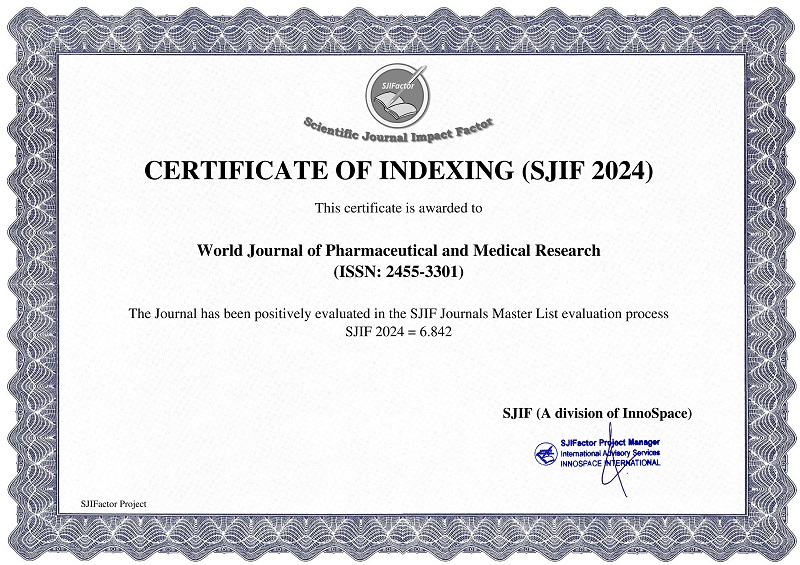LEVERAGING ARTIFICIAL INTELLIGENCE IN SECONDARY SCHOOL EDUCATION AS A MECHANISM TO SUPPORT MENTAL HEALTH AND WELL-BEING AMONGST STUDENTS. A CASE OF DIFFERENT SCHOOLS IN MUTASA DISTRICT
Sibongile Chituku, Clara Kamwara, Odera Omondi and Emmanuel Ifeanyi Obeagu*
ABSTRACT
In recent years, the intersection of artificial intelligence (AI) and education has shown promise in revolutionizing traditional learning paradigms and support structures for students. This research delves into the application of AI technology in secondary school education as a strategic tool to enhance mental health and well-being outcomes among students. Focusing on a diverse array of schools within the Mutasa District, this study investigates the efficacy of AI-driven interventions in addressing the mental health challenges commonly faced by secondary school students. The study aims to explore the impact of artificial intelligence in secondary school education as a mechanism to support mental health and well-being amongst students amongst schools in Mutasa District, Manicaland. A descriptive case study research design employing a quantitative research approach, including surveys, interviews, was used to better understand the impact of AI in dealing with mental health amongst students in Mutasa District, Manicaland. Purposive sampling approaches were used in the study to find and gather a sample of research participants who have experienced mental health complications. The median age of students using AI for mental health is 16 years, with a similar age distribution (Q1:14, Q3:17) compared to non-users (Q1:14, Q3:16). Age does not significantly influence AI adoption. 59.20% of females use AI for mental health, compared to 40.80% of males. A trend towards significance (p-value = 0.070) suggests potential gender differences in AI adoption. More than 61% of senior students (Forms 5-6) use AI for mental health, significantly more than younger students (16.33% in Forms 1-2 and 22.45% in Forms 3-4, p-value = 0.013). AI use for mental health is higher among students in basketball (30.61%) and netball (22.45%) compared to those in soccer (28.57%), with a very low p-value (<0.001), indicating significant differences. All AI users are from Hartzell High School (100%), whereas no students from Chiremba High School use AI (0%), with a significant p-value (<0.001) indicating strong institutional or environmental influence. At least 57% of AI users seek mental health help compared to only 19.35% of non-users, with a highly significant p-value (<0.001). AI users reported relationships (16.33%) and self-esteem (14.29%) as stressors more than non-users (4.84% for both). Schoolwork remains the biggest stressor for both groups. Anxiety is the most common challenge reported by both AI users (42.86%) and non-users (46.77%). However, no significant difference in the types of challenges was found (p-value > 0.05). 55.10% of AI users have access to laptops, and 34.69% have smartphones, compared to 25.81% and 19.35% of non-users, respectively. This disparity is significant (p-value <0.001), highlighting the importance of device access for AI adoption. All AI users (100%) believe in AI's potential for mental health support, compared to 88.71% of non-users, with a significant difference (p-value <0.001). In conclusion, the study highlights that factors such as technological access, familiarity with AI, and positive perceptions play crucial roles in students' adoption of AI for mental health support. Females, senior students, and those who are more familiar with AI technologies were more likely to use AI interventions, suggesting that targeted strategies could enhance engagement.
[Full Text Article] [Download Certificate]



